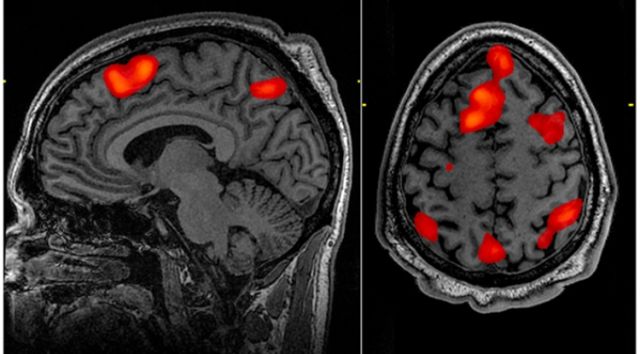Software faults raise questions about the validity of brain studies | Ars Technica
Ars Technica » Scientific Method 2016-07-01

(credit: Walter Reed National Military Medical Center)
It's not an exaggeration to say that functional MRI has revolutionized the field of neuroscience. It uses MRI machines to pick up changes in blood flow that occur when different areas of the brain become more or less active. This allows us to non-invasively figure out which areas of the brain get used when performing different tasks, from playing economic games to reading words.
But the approach and its users have had their share of critics, including some who worry about over-hyped claims about our ability to read minds. Others point out that improper analysis of fMRI data can produce misleading results, such as finding areas of brain activity in a dead salmon. While that was the result of poor statistical techniques, a new study in PNAS suggests that the problem runs significantly deeper, with some of the basic algorithms involved in fMRI analysis producing false positive "signals" at an alarming rate.
The principle behind fMRI is pretty simple: neural activity takes energy, which then has to be replenished. This means increased blood flow to areas that have been recently active. That blood flow can be picked up using a high-resolution MRI machine, allowing researchers to identify structures in the brain that become active when certain tasks are performed.